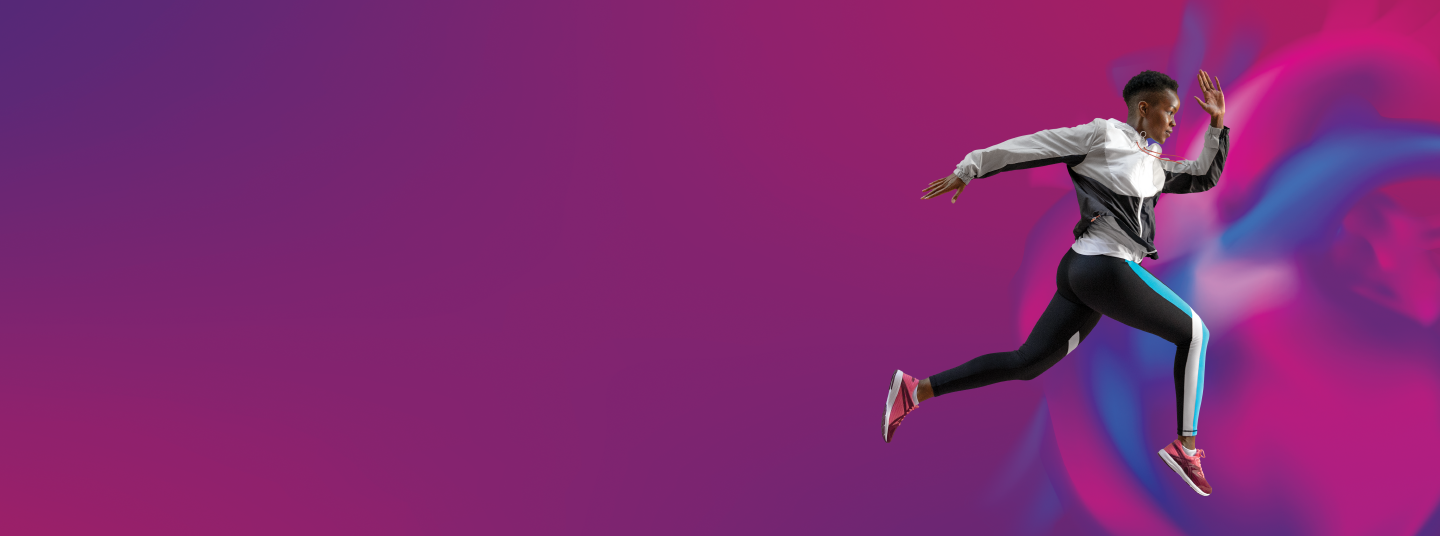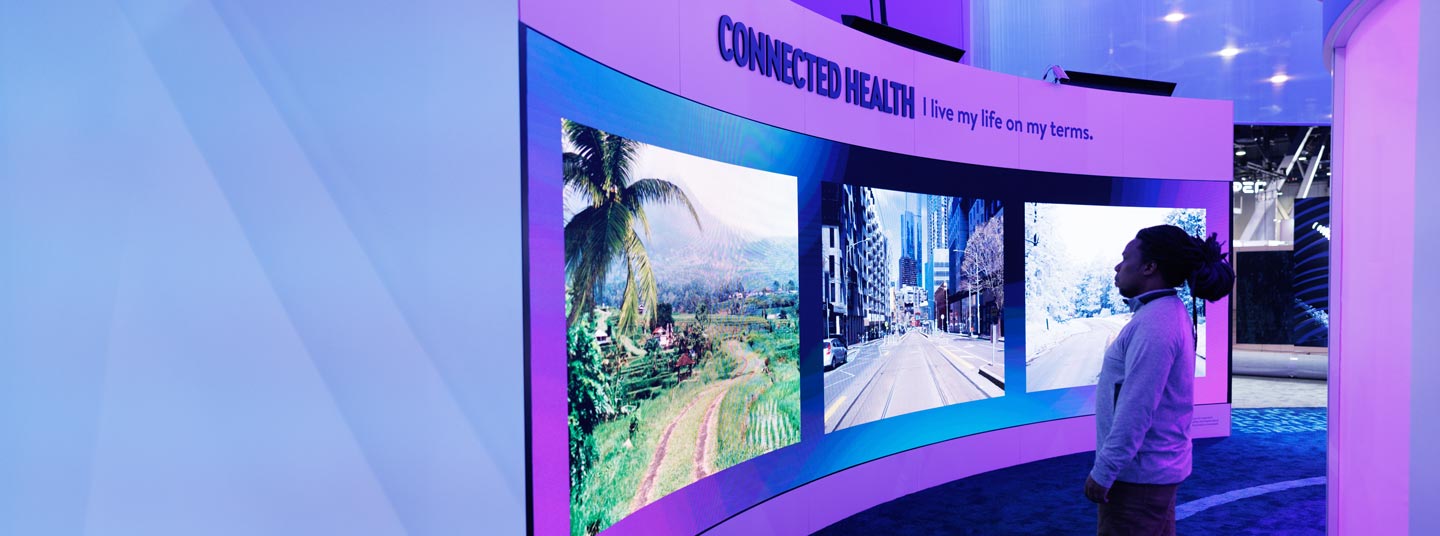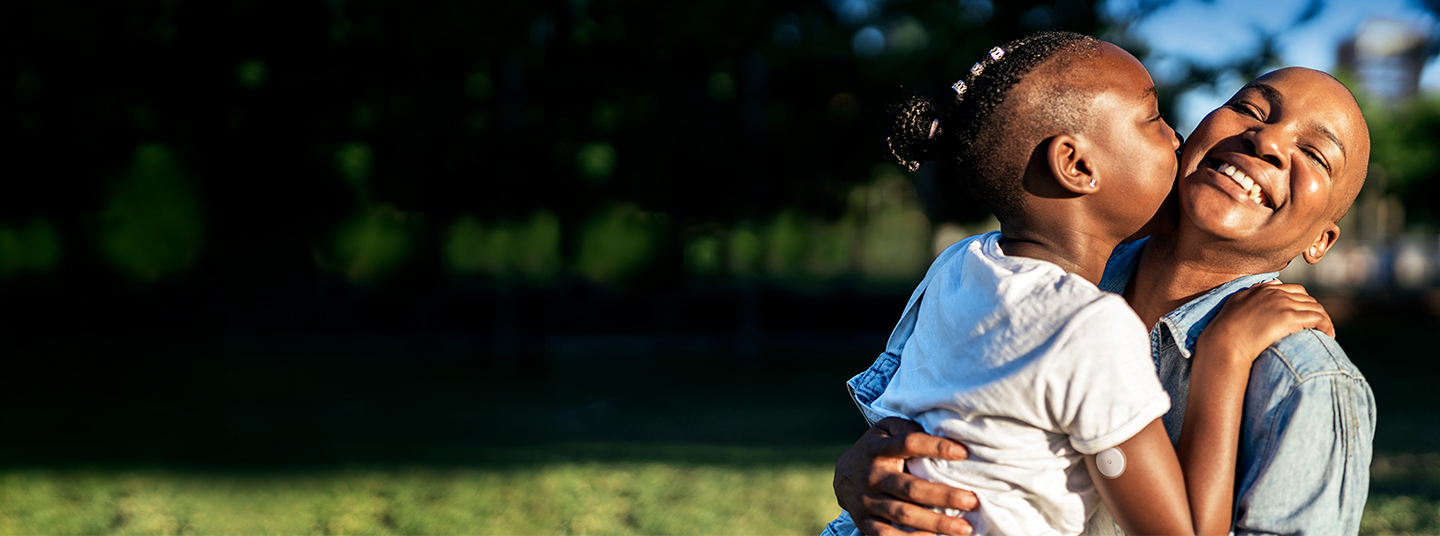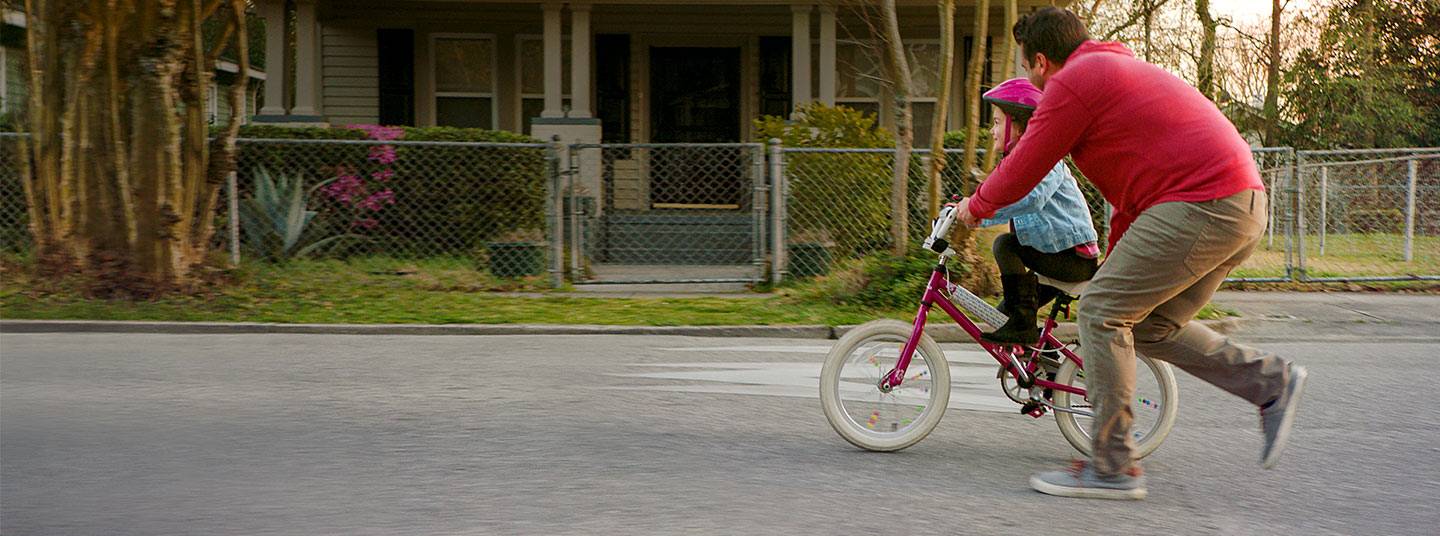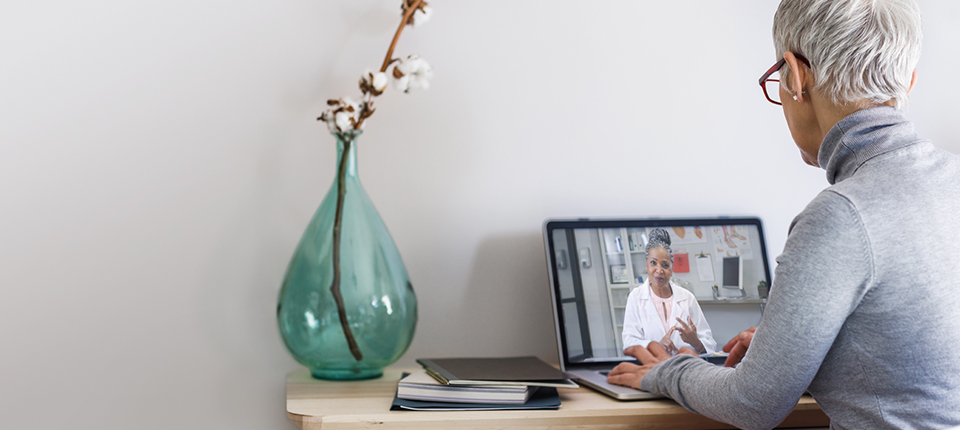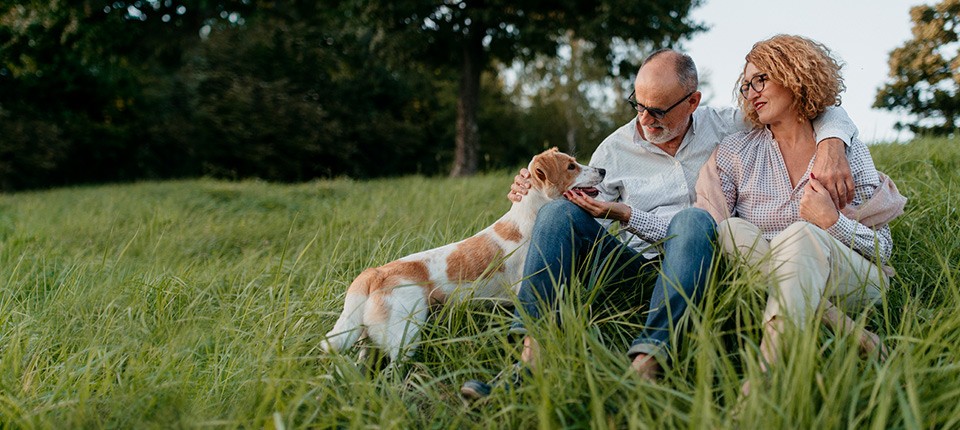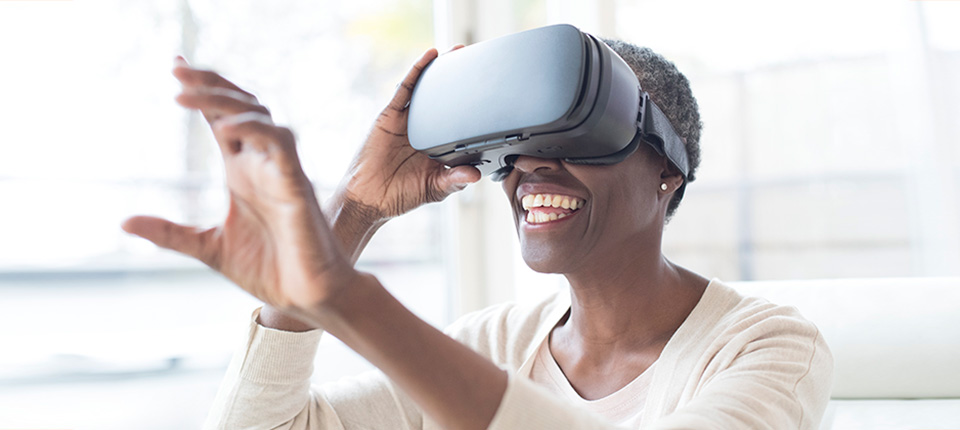
AR. VR. We Are … There for You
For training, proctoring and more, we're connecting with doctors for ongoing learning so they can be there for you.
Nov. 18, 2021
- Copy Link
- Share on X
- Share on Facebook
- Share on Linkedin
For all that COVID-19 delayed, it only accelerated the ways we're connecting doctors and the people they care for.
Barriers and borders knocked down.
Bridges and digital boardwalks built up.
Turning virtual certainties into certain certainties — all without losing any of the virtual qualities of being there in ways that truly matter while not being hindered in ways that used to get, well, in the way.
From augmented reality to virtual reality, from the far reaches of the world to the places and times you need care most.
What they all have in common: Being there for you and your doctors when you and they need us.
Reaching Thousands So They Can Help Thousands More
Nearly every corner of our operation has expanded its be-there-without-stepping-foot-outside options for ongoing training, proctoring and other capabilities.
• Cardiovascular: "Over the last five years, we've trained 6,000 physicians virtually. We've given continuing education unit (CEU) credits to 60,000 nurses and techs. This is in addition to the 3,000 physicians we've trained in-person." That's the word from Chris McGlone, Director of Training and Education for Abbott's vascular business for the U.S.
And while those numbers are big, McGlone makes clear that given the restrictions of the pandemic, "Almost all of those 6,000 trained virtually have come in the last 18 months."
He is not alone.
Stefano Meda, Director of Electrophysiology Professional Education, shares this from his front lines: "Our professional education team is leading the way with customer engagement through virtual reality. Their REFINE program, which was a remote immersive learning opportunity for physicians, was lauded by a key customer as one of the best programs they'd attended, in person or virtually."
The EP team also has a VR app that runs on Oculus for Business.
The app — which features cases from leading physicians around the world using our mapping (Advisor HD Grid and EnSite X) and ablation (TactiCath) technology — has been shared in the field and at congresses as people have started to gather safely again.
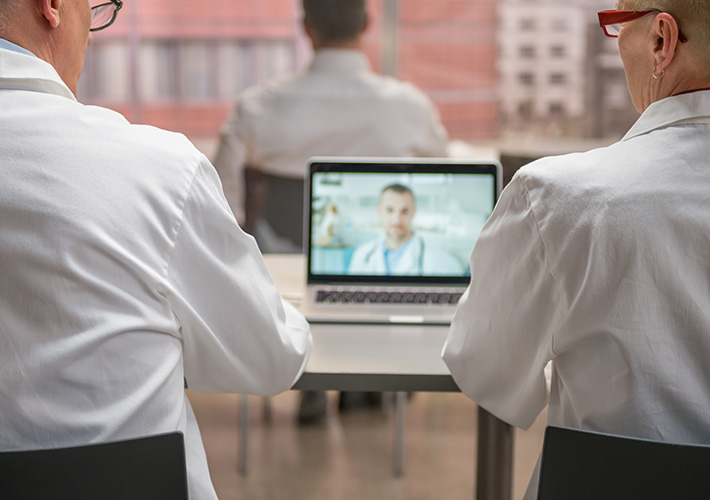
• Diagnostics: We're using mixed reality headsets to virtually train engineers on how to create COVID-19 tests in order to scale up production quickly, according to Miguel Carrazza, a VR, AR and Design Operations Analyst in our Diagnostics' Digital Technology team. Additionally, we're using VR to introduce an Abbott-supported health post initiative in Rwanda to global funders and ministries of health who cannot travel to Rwanda to experience the real thing.
• Neuromodulation: More than 300 healthcare providers trained just in the first half of this year through virtual platforms, with live procedures for radiofrequency ablation (RFA), spinal column stimulation (SCS) and dorsal root ganglion (DRG) treatment and maximizing NeuroSphere, all broadcast virtually from our state-of-the-art anatomy lab in Austin, Texas, according to Brendan Mansey, Customer Education Manager for Neuromodulation, Abbott.
But that's just the beginning. We're also looking at implementing virtual reality headsets tailored to specific products and techniques.
"In the long term, we hope to be able to offer VR in the form of static videos as well as live streamed cases in which healthcare providers will be able to 'scrub in' to the operating room virtually and communicate live, directly with leading physicians," Mansey said.
• Nutrition: Our Nutrition Health Institute creates globally accredited scientific education — accessible at no cost — for groups ranging from dietitians, nurses and physicians to educators, caregivers and students as well as policy makers, according to Amie Heap, Director of Commercial Services for Abbott's nutrition business.
"We've delivered more than 100 of these continuing education courses, with more than 30 international, national and regional half- and full-day webinars this year alone," Heap said.
How It Works: Consumer, Off The Shelf
Innovation is all about seeing the possibility, including applying advancements others have made to help elevate your own work. For McGlone and his team, it's meant harnessing some of the best tech available now to anyone anywhere that provides a powerful way to connect through simple and easy-to-use virtual and augmented experiences.
"We are using Microsoft HoloLens 2," McGlone said. "I’m seeing the doctor's view and I'm interacting with him and he's asking me, 'Hey, what do you think I should do here?' He can even pull up additional teaching tools for us to both look at."
McGlone's team also has Meta's Oculus.
"Off-the-shelf Oculus Go," McGlone said. "We built our own app for hosting Abbott educational content in conjunction with our electrophysiology business. The app is a shell that is filled with password protected content, videos and experiences."
McGlone's team is staying current with the tech with plans to upgrade headsets, apps and experiences for enterprise solutions, such as Oculus Quest.
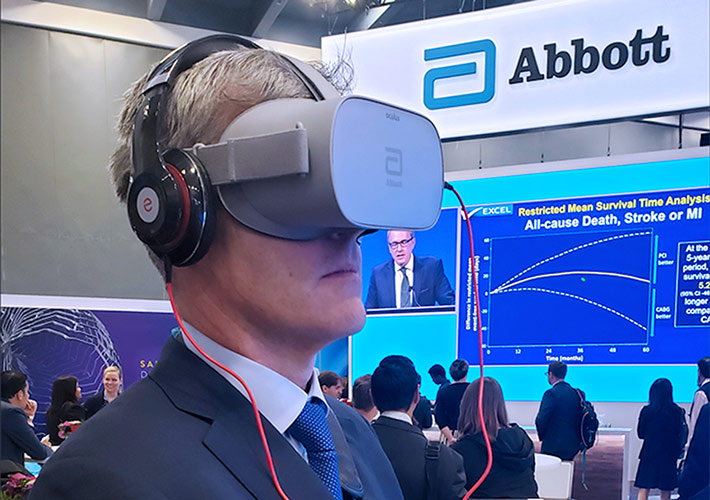
How It Works: Industrial Strength
No, Proximie is not available at your nearest Best Buy.
But Neil Moat and his team's experience was similar to McGlone's with platforms to harness connectivity. For Moat, that came in the form of Proximie.
"What Proximie allows is things to be done remotely," said Moat, Chief Medical Officer for our structural heart business. "So you do not have to be physically present in that facility. It allows case observation for people to watch cases and that spills over into education. Educating people about technologies, procedures, training and proctoring."
The ability to connect faraway places in the world is key to its power.
Here's a real-life example Moat shared:
"So we have a very experienced physician in Denmark proctoring a case in Saudi Arabia. The platform has a dedicated way of transferring data with four visual and one audio channels.
"So if you look at it on your laptop, that allows you to look at the hemodynamic monitoring of the case, the fluoroscopic images, the echo or ultrasound images and also there's a camera in the system that allows you to see the movements of all the hands of the person doing the intervention.
"You also have an audio link between the person proctoring and the physician doing the case. Both are mic'd up for very detailed and dynamic communication remotely to support those activities."
That's connecting — in real time — Denmark to Saudi Arabia, all without anyone leaving their locales, a connection that would otherwise take time, money and wear-and-tear on all involved to travel those 7,000-plus miles there and back.
Time not spent traveling is more time available for doing the work that matters most.
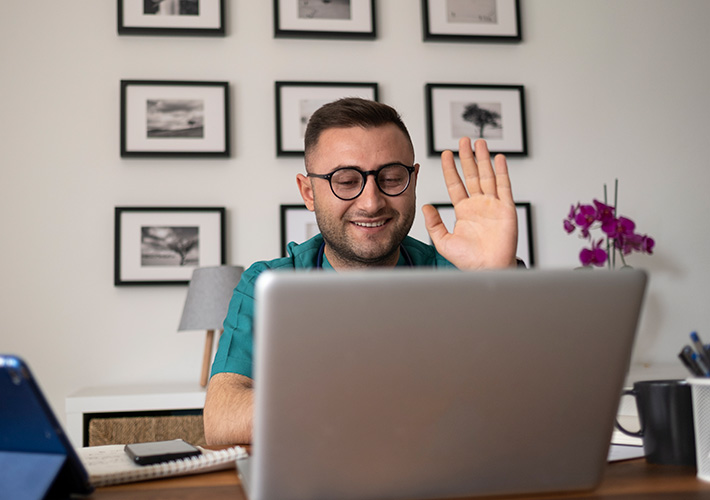
"This allows the top people in the field to be able to proctor more cases," Moat said. "They can sit in their office and proctor three of these in a morning. Experienced physicians are very excited about this. They will be able to contribute much more education through this technology."
And what's done can be saved for later. In at least this realm, FOMO has met its match.
"Rather than flying people to Santa Clara or Minneapolis, we'll be able to do a lot more of this. And the storage platform — so all of these cases can all be stored and reviewed — it's got an incredible educational aspect," Moat said.
Differing Virtual Realities: Active vs. Passive
Take Moat's example of the Denmark-to-Saudi Arabia connection. In it, our expert can see what the doctor on-site is seeing and talk directly with them. The connection, while remote, is real and live in this world.
Those exact kinds of encounters also can happen in the virtual world.
And when they do, they can take on varying degrees of engagement from something that's more passive — where you're more of a fly on the wall observing — to something else that's just … more.
Chris McGlone has returned to explain. First, passive VR with 360-degree video.
"Placing a 360 camera in the procedure room and having the operating physician speak to the camera during the procedure creates a realistic experience.
"The trainee physician, wearing VR goggles, watches the 360 video and feels like they're there, in the procedure. You can see and hear the operating physician speaking to you, you can look around the room, watch the monitor, watch the operator's hands. You're basically in the room.
"But it's a passive experience in the sense that you're not influencing the environment at all."
Right. Passive in the sense that you're watching but not engaging. Certainly that's an upgrade over watching a traditional training video on a flat screen. Now contrast that with active VR. Here's McGlone again:
"In our active virtual cath lab, we simulate the bed, the walls, everything. You walk into and around that virtual environment as if it's real.
"OCT (optical coherence tomography) is controlled by a joystick, which in the real world is attached to the patient table. As you approach the virtual table you look down and see the joystick. As you reach out to grab the virtual joystick, your physical hand in the real world feels a joystick that is placed in front of you.
"You can scroll right, left, and toggle that joystick, and as you look up you see that you're controlling the software in the virtual environment.
"You can practice making clinical decisions in this virtual environment — 'How long of a stent do I need here?' — and in the virtual world apply those decisions and see the result.
"That's active."
Similar to flying a drone through a headset: You have that memory of flying without having ever left the ground.
"You leave the VR experience with actual human memory of having been somewhere vs. having simply watched a presentation," McGlone said. "That knowledge retention is higher and the speed to competency is much faster."
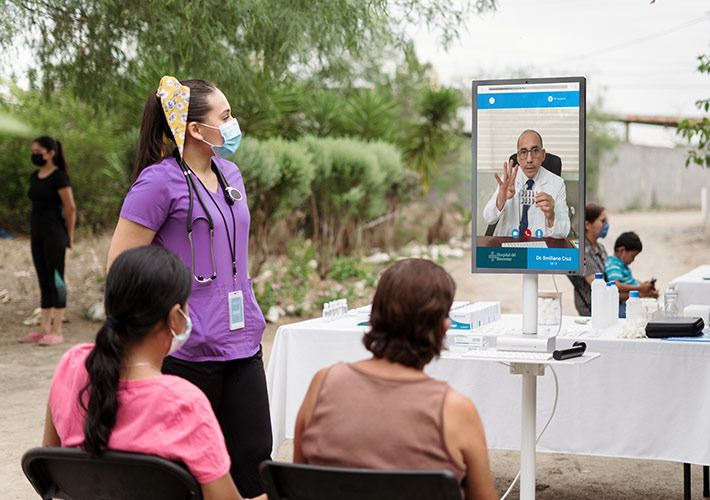
COVID Touches Everything, Even When We're Not in Arm's Reach
While many of the efforts outlined here were started before the COVID-19 pandemic, the inherent distancing required to slow the spread of the virus also slowed some of the ways we work while speeding up others.
"Obviously the world has changed dramatically in the last 18 months with it being much more difficult for people to travel and be face-to-face particularly with physicians," Moat said.
McGlone has witnessed similar phenomena.
"I think 'accelerated' is the right word," McGlone said. "COVID moved it from just cool and interesting to necessary. We realize we need to be present in all channels to reach doctors: In-person, virtual and on-demand. It just made it necessary as we had less access to doctors and doctors had less access to the continuing education, so we needed to get this content out through other channels."
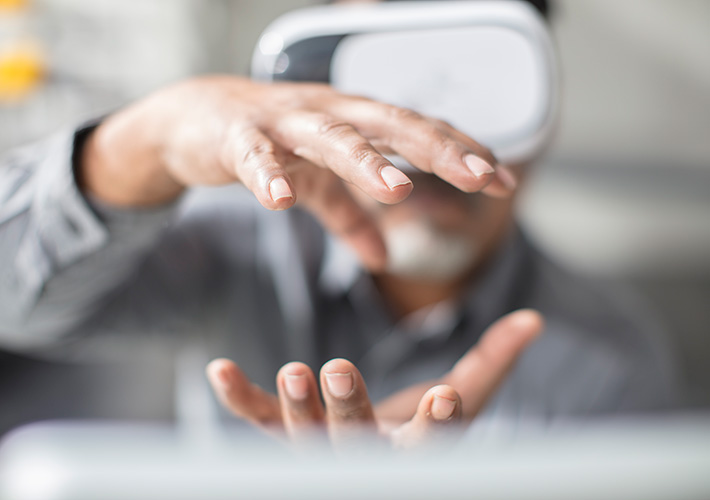
Goggles Up. We've Got Places to Go. You Can Sit Right There.
Real barriers and borders knocked down. Virtual bridges and digital boardwalks built up.
There's never been such certainty for the necessity of these tools as we have right now.
And nothing on the horizon — digital or otherwise — shows any sign of changing this direction. Who wants to be hindered in the ways that used to get in the way when you can get where you want to go without ever having to leave your home?
It's being here, there and everywhere for you and your doctors when, where and how you need us. And in many ways, we're just getting started.
The last word is Moat's.
"What will happen over the next year or two is that it will just develop and become much more of a normal part of our work, particularly taking technologies to far-flung places. Remote places in Latin America, parts of China. This kind of thing is going to enable that to be effective much more efficiently and effectively."
Related articles
-
Products and Innovation
"Just Like Meeting in the Office": This is Telehealth.
For people living with chronic conditions during COVID-19, telehealth can bridge to their doctors.
For the latest on Abbott’s life-changing technology, get updates directly in your inbox.
